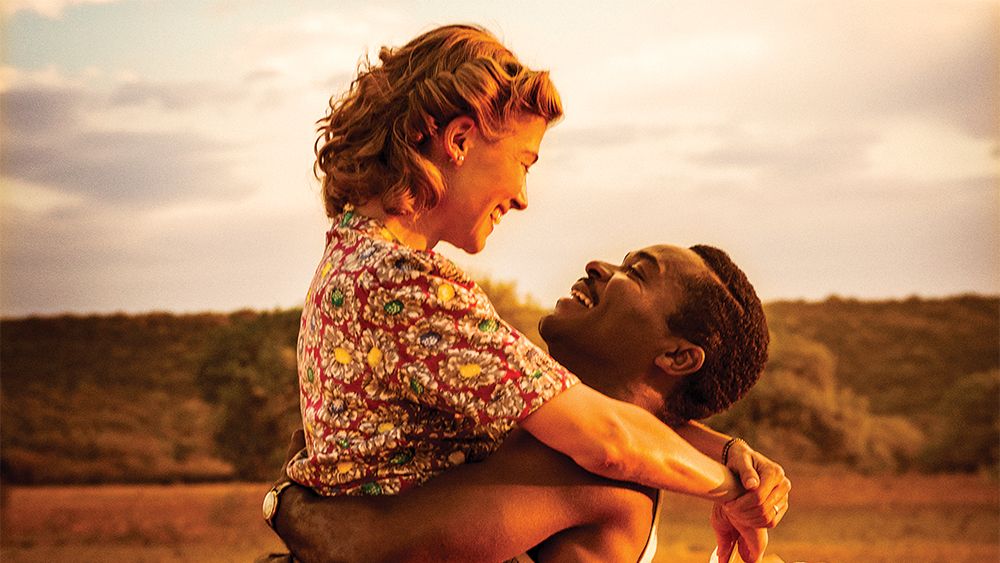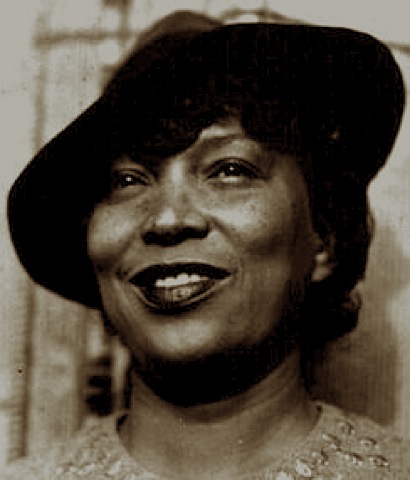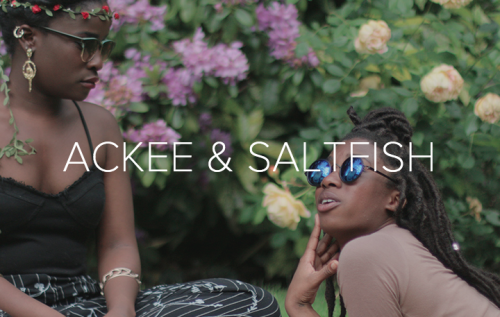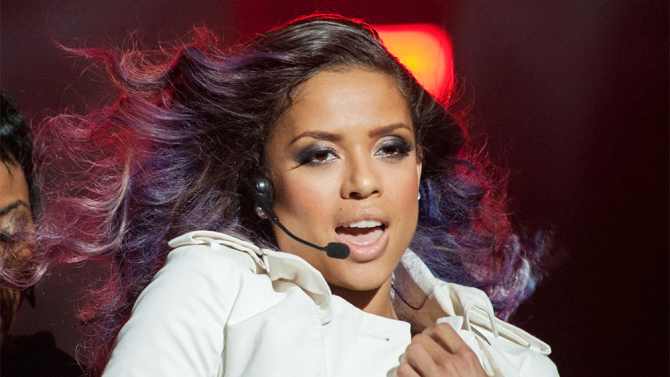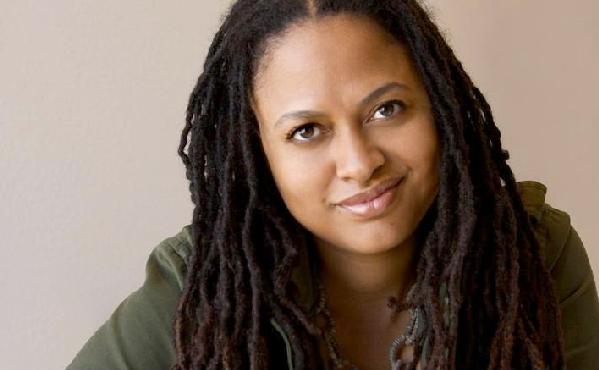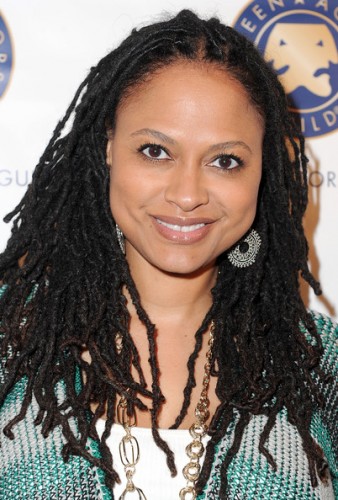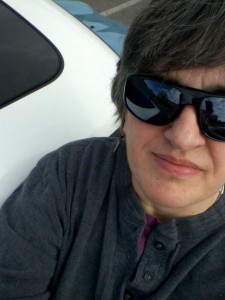This guest post written by Elizabeth Matter appears as part of our theme week on Women Directors, Part 2.
Samuel L. Jackson caused a stir and opened up a dialogue with his comments about the casting of Black British actor Daniel Kaluuya in the breakout hit Get Out, which has broken multiple box office records. “I tend to wonder what that movie would have been with an American brother who really feels that,” Jackson said in a radio interview. Several Black British actors have rebutted his remarks, including David Harewood and John Boyega. But Jackson’s observation that “there are a lot of Black British actors in these movies” is hard to deny. From Boyega and Kaluuya to Naomie Harris, David Oyelowo, Idris Elba, Chiwetel Ejiofor, and Ruth Negga, many of the most visible Black actors in Hollywood right now are from my side of the pond (not to mention Thandie Newton killing it on the small screen in HBO’s Westworld).
What looks like another British Invasion from Jackson’s angle, though, looks like a talent drain from mine. It’s no mystery why so many of our best actors are choosing to migrate to the U.S. It’s partly, of course, because Hollywood remains the biggest (in terms of screens and box office revenue) and most established film industry in the world, and for Black actors in the UK, the roles just aren’t there, as Oyelowo and Elba point out.
Part of the blame might lie with our nation’s appetite for nostalgia. It’s a truism that us Brits love our period dramas. It’s worth pointing out, though, that the rest of the world seems to love our period dramas, too: Downton Abbey is one of our most successful exports in recent years, and The Crown is the first original series that Netflix has commissioned from Britain, as well as one of the most expensive TV shows ever made. Meanwhile, on the big screen, The King’s Speech is the most successful solely British production since 1989. I’m sure that many of these projects are greenlighted with one eye on the international market, but read the comments on any Daily Mail article and it’s hard to deny that Little England’s fondest wish seems to be to live inside a sepia-tinted photograph of Blighty circa 1945 (I’m being rhetorical. Please don’t read them).
Thandie Newton argues that “historical dramas ‘limit UK Black actors’.” Churning out endless projects about the royal family and the so-called “good old days” isn’t doing Black actors any favors. According to the British Film Institute’s (BFI) research project “Black Star,” “historical/period drama” is one of the worst genres for inclusion of Black characters, with a whopping 80% of such films having no named roles for Black actors whatsoever.
David Oyelowo has pushed back against this phenomenon, saying “look at the beautiful buildings in London — the blood of my ancestors are in those bricks […] Black people did not turn up in the UK at Windrush” (referring to the Empire Windrush, the ship that brought 492 Jamaican immigrants to the UK in 1948, when British Citizenship was first granted to people living in all Commonwealth countries). In an interview with Radio Times, he said, “We make period dramas [in Britain], but there are almost never Black people in them, even though we’ve been on these shores for hundreds of years.”
Of course, he’s absolutely right: period dramas and Black stories aren’t mutually exclusive, as Amma Asante shows us in Belle and her latest film, A United Kingdom (which stars and was co-produced by Oyelowo).
Based on the true story of mixed-race 18th century heiress Dido Elizabeth Belle (Gugu Mbatha-Raw), Belle looks and feels like a Jane Austen romance, complete with gender politics, meddling guardians, and a romantic rivalry for the heroine’s hand between a caddish suitor and her true love. But the film goes further, dealing with issues such as slavery, institutional racism, and the intersections between different forms of privilege and oppression. In one of the film’s best lines, Belle says that, due to her financial independence, she has “been blessed with freedom twice over, as a negro and as a woman”; in another, she admits that she “cannot claim even a portion of the misfortune to those whom I most closely resemble.” Impressively, it weaves all these strands into the narrative while still remaining engaging and character-driven.
Although there is some question as to the authorship of Belle — while Asante herself claims to have extensively redrafted Misan Sagay’s initial script, the WGA’s investigation found in favor of Sagay, who was awarded sole credit — we can be sure that it was written by a Black woman, and it shows. In one scene, Belle, who was raised by white relatives, turns to the only other Black person she knows — a servant named Mabel (Bethan Mary-James) — for help with her hair. Though the specifics of the situation are highly bound by historical context, Belle’s struggle to feel entirely at home in her white household brings to mind the experiences of interracial adoptees, and those of mixed-race children raised by a white single parent.
Even without such details, Belle would be entertaining, beautifully shot, and brilliantly performed, particularly by Mbatha-Raw; with them, it is a thoughtful and important piece of work.
Asante’s most recent feature, A United Kingdom, which opened the 2016 BFI London Film Festival, the first film directed by a Black filmmaker to open or close the festival, begins in 1947 — as does the much more expensive and much whiter The Crown — and is also about royals; in this case, the royal family of what was then Bechuanaland (modern-day Botswana).
Based on real-life events, what starts as an intimate romance between working-class Londoner Ruth Williams (Rosamund Pike) and law student Seretse Khama (David Oyelowo) becomes a much bigger story. The petty racism they face from Ruth’s father turns out to be the least of their problems, as Seretse’s status as king of the Bamangwato people — and the subsequent interference of Britain’s government — threatens the foundations of their marriage.
At a press conference promoting the film, Asante spoke about shooting in Botswana. She said, “I wanted the DNA of the country running through our film,” and shared how Botswanans were “comforted that [the story] was going to be told through the gaze of a woman of colour.” She also stressed the importance of the female gaze in cinema, pointing out:
“We also play a large part in getting men to the cinema to watch these films, that a lot of the time are about white men, in a certain age bracket. That’s not to say women directors should always direct women’s stories, but seeing the world through a female gaze from time to time shouldn’t be that odd […] I walk a female path every day, I see the world through female eyes, and I know there are 50% of people in this country who walk a similar path. It’s not about removing what’s already there, it’s about allowing a space for others to join, and have the same privilege.”
For my money, A United Kingdom (written, incidentally, by a white man) is more stolid than Belle, and lacks some of its insight. However, it’s an entertaining and informative look at a forgotten chapter of British history, as well as an important reminder of the British government’s complicity in South African apartheid.
To return for a moment to Samuel L. Jackson’s comments, one of the ways he said that the Black British experience differed from the African American one is that in Britain we have “been interracial dating for a hundred years.” Asante’s depictions of interracial relationships in Belle and A United Kingdom show that this is true, but not the whole story: the couples at the center of these films encounter different struggles than those depicted in, say, Loving (starring Ruth Negga, a Black Irish actress who has obviously found better opportunities on the other side of the Atlantic), but struggles nonetheless. We may not have had slavery or segregation in Great Britain — although there was indentured servitude and British merchants and ships were heavily involved in the Atlantic slave trade, making Great Britain one of the main carriers of African slaves — but that doesn’t mean British history isn’t filled with examples of institutional and societal racism, the effects of which we can still observe today.
In both films, Asante displays a deft touch, telling these overlooked stories with humor and intelligence while maintaining a populist sensibility that gives her films mainstream appeal. I’m sure her career will continue to flourish; her upcoming film, Where Hands Touch, will be another period piece, starring Amandla Stenberg. I hope that it also inspires British producers to think more creatively about which stories to tell. Asante proves it’s possible to make films that are representative of Britain’s diversity without giving up the frock flicks we love so much — and maybe we can even stop losing all of our most talented actors to Hollywood.
See also at Bitch Flicks:
Belle: A Costume Drama Like and Unlike the Others
The Gaze of Objectification: Race, Gender, and Privilege in Belle
The Female Gaze: Dido and Noni, Two of a Kind
Colorism and Interracial Relationships in Film: Belle, The Wedding, and More
Recommended Reading:
Lady Macbeth: how one film took on costume drama’s whites-only rule via The Guardian
Elizabeth Matter is a queer writer and performer who lives in England, writes at Medium and tweets @PanickyInTheUK.
